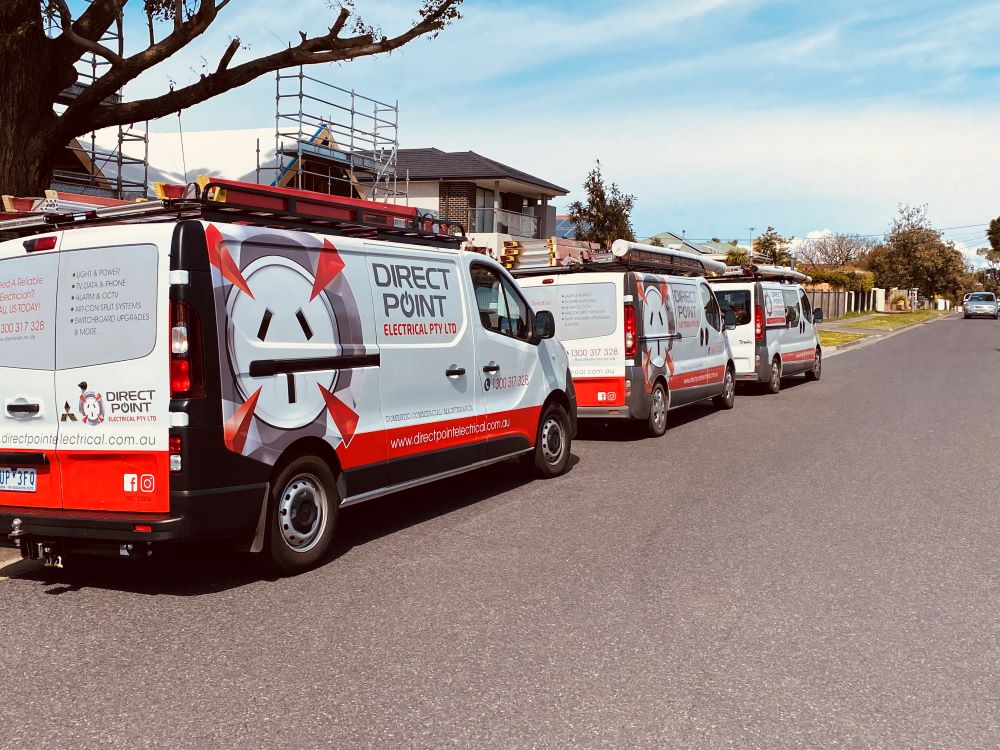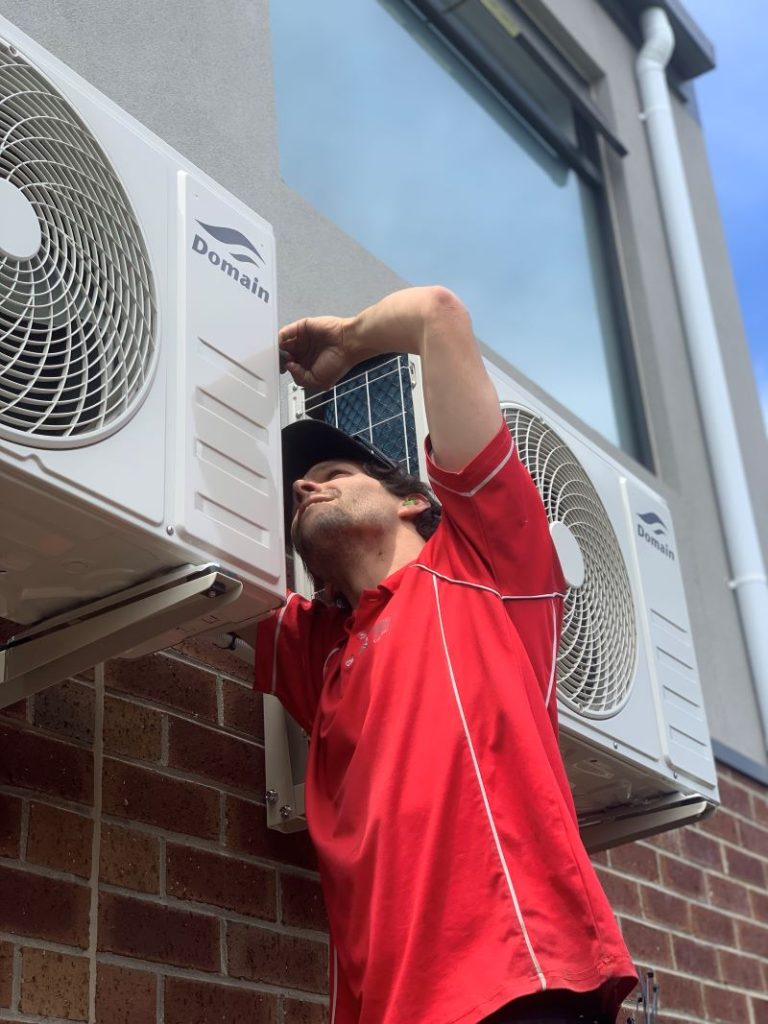Understanding the Importance of Regular Electrical Safety Inspections for Your Home
An electrical safety inspection is an exhaustive evaluation of your home’s wiring, switchboard, outlets, and safety devices. This essential assessment ensures adherence to the Australian Standard AS/NZS 3000 and highlights potential hazards such as overloaded circuits, faulty wiring, and absent safety switches. Conducted by licensed electricians, these inspections are crucial for mitigating risks like electric shock, devastating fires, and damage to your cherished appliances, safeguarding both your property and your loved ones.

Essential Electrical Safety Inspections That Every Homeowner Must Consider
Many homeowners erroneously believe that their residence’s electrical system is functioning properly until a major problem surfaces. However, how can you verify that your wiring remains intact behind the walls? Are you positive that your switchboard operates efficiently and is not prone to overheating? Regular electrical safety inspections are not merely a precaution; they are a fundamental necessity, particularly in older suburbs like Narre Warren and Rowville. Considering that the majority of homes in these areas are over 40 years old, the original switchboards are often outdated and may require replacement. Whether you are buying, selling, renovating, or simply have not had an inspection in years, comprehending how inspections function and their significance is vital for guaranteeing your home’s safety.
Comprehensive Breakdown of What an Electrical Safety Inspection Involves
An electrical safety inspection encompasses a meticulous examination of your property’s entire electrical infrastructure. A certified electrician will assess the condition, compliance, and operational efficiency of:
- Wiring and cable insulation
- Power outlets and light switches
- Switchboard and circuit breakers
- Residual Current Devices (RCDs) or safety switches
- Earthing and bonding systems
- Appliance connections and load capacity
- Smoke alarm wiring (if hardwired)
- External weatherproofing of outdoor circuits
At Direct Point Electrical, we rigorously adhere to all pertinent legislation and guidelines, including the AS/NZS 3000:2018 Wiring Rules, Energy Safe Victoria directives, and Victorian Rental Tenancy Regulations, ensuring that your home is both safe and compliant with all required standards.
The Critical Need for Electrical Inspections in Older Properties
Residences constructed before 1990 frequently employed outdated wiring methods, such as rubber-insulated or aluminium cabling. These materials are prone to deterioration over time, particularly in regions exposed to heat or moisture. If your home has not undergone rewiring or inspection in over 20 years, arranging a safety inspection is absolutely essential. We often encounter serious issues, including:
- Non-earthed outlets
- Oversized fuses
- Lack of smoke alarms
- Circuits without RCDs
- Undersized cabling for contemporary electrical loads
These concerns pose significant dangers that can threaten your home and your personal safety, making prompt inspections imperative.
Guidelines for Scheduling Your Electrical Safety Inspection
- Before purchasing or selling a property: This step is often mandated by lenders and is a prudent measure for buyer vigilance.
- Prior to renovations or major appliance upgrades: Ensuring electrical safety before any modifications is critical for preventing future issues.
- After experiencing flood, storm, or fire damage: Timely inspections can uncover any newly developed hazards.
- If your home is over 25 years old: Regular evaluations are vital for older properties to maintain safety standards.
- As a landlord, during the preparation of a rental property: Ensuring compliance and safety checks is of utmost importance.
Since March 2021, landlords in Victoria are mandated to conduct electrical safety checks every 2 years, in accordance with the Residential Tenancies Regulations 2021.
For further information, please visit: Victorian Government Consumer Affairs.
Step-by-Step Process of an Electrical Safety Inspection Explained
Our licensed electricians perform a thorough walkthrough and evaluation of all accessible electrical systems, which includes:
- Testing each socket and switch for faults
- Checking polarity and voltage across all points in the system
- Verifying the presence and efficacy of RCDs
- Inspecting the switchboard layout, protection mechanisms, and proper labeling
- Utilising thermal imaging to identify overheating components when necessary
- Conducting earth loop impedance testing for safety verification
- Documenting any illegal or DIY wiring that may compromise safety
Upon completion of the inspection, you will receive a comprehensive written report detailing:
- Existing hazards present
- Compliance status with relevant regulations
- Urgent repair requirements (if applicable)
- Recommended upgrades to improve safety
- Options available for enhancing overall safety
Additionally, we provide a Certificate of Electrical Safety (COES) for any rectification work carried out during the inspection, ensuring peace of mind for our clients.
Steps to Take if Your Home Fails the Inspection
There is no need to panic. Many homes we assess only require minor adjustments, such as installing an RCD, replacing a few worn outlets, or rectifying an overloaded circuit. If we identify significant issues (for instance, non-earthed wiring or an outdated switchboard), we will prioritise safety risks and provide you with a clear, fixed quote for necessary repairs. For more details on our approach to updates, please visit our electrical services page.
Duration of an Electrical Safety Inspection: What to Expect
The duration of most inspections typically ranges from 1.5 to 2.5 hours, depending on the size and accessibility of the property. If you reside in a double-storey or split-level home, or if you have extensive outdoor power systems, the duration may vary slightly to ensure a thorough assessment is conducted without overlooking any critical areas.
Financial Benefits of Investing in an Electrical Safety Inspection
Indeed, neglecting to identify issues such as leaking current, loose neutral connections, or improperly loaded circuits can lead to significant consequences, including:
- Increased power bills due to inefficient systems
- Shortened lifespan of your appliances from electrical stress
- Risk of costly repairs if problems go unnoticed for too long
Furthermore, identifying faults early on protects you from potential financial burdens and legal repercussions that could arise from an electrical fire or injury claims, particularly if you are a landlord responsible for tenant safety.
Frequently Asked Questions About Electrical Safety Inspections
What distinguishes a safety inspection from an energy audit?
A safety inspection is focused on identifying hazards and ensuring compliance with safety codes, whereas an energy audit evaluates efficiency and provides recommendations for reducing energy consumption and enhancing energy efficiency.
Should I turn off the power during the inspection?
It is not always necessary to turn off the power. While some tests may require brief disconnections, most of the inspection can be conducted with the power on to ensure a thorough evaluation.
Am I liable for fines if I neglect safety checks?
If you are a landlord, the answer is yes. Under the Residential Tenancies Act, failing to perform bi-annual safety checks can lead to fines or complications with rental listings, which can be quite serious and impact your ability to rent.
Is a safety inspection necessary if I have solar panels?
Yes, a safety inspection is crucial. Solar systems incorporate additional components that require testing, including isolators, inverters, and export limits, all of which must comply with stringent safety standards.
Can DIY electrical work adversely affect my inspection?
It certainly can. Any non-compliant or unlicensed modifications must be rectified before we can issue a safety clearance, making professional oversight essential for ensuring compliance and safety.
Your Reliable Local Electrician for Comprehensive Electrical Safety Inspections
Investing in electrical safety inspections is one of the most essential and economical protective measures for your home. These inspections can prevent catastrophic incidents, and if your home is older, has undergone recent renovations, or hasn't been professionally examined in years, now is the ideal moment to take proactive steps towards safeguarding your property.
Contact Direct Point Electrical today to arrange your professional inspection and ensure your home’s electrical safety is prioritised.
Dependable Local Electricians You Can Rely On
Electrical Safety Inspections Explained: What Melbourne Homeowners Must Know
The Article: Electrical Safety Inspections: Essential Guide for Melbourne Homeowners first appeared on https://writebuff.com
The Article Essential Guide to Electrical Safety Inspections for Melbourne Homeowners Was Found On https://limitsofstrategy.com



